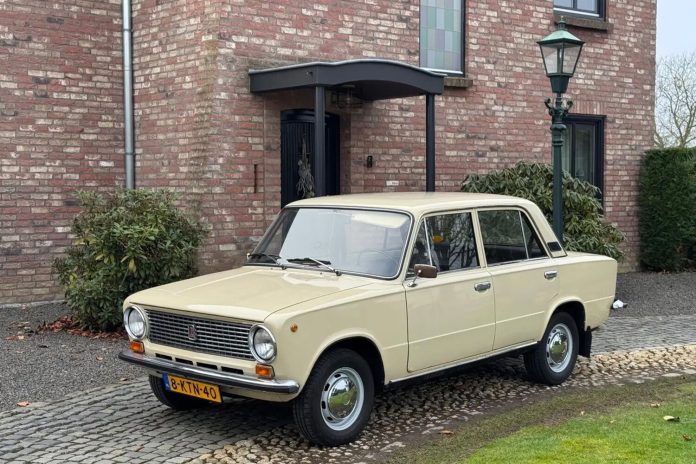VAZ-2101: an important stage in the history of the domestic auto industry
VAZ-2101 became a landmark model in the development of the Soviet automobile industry. It brought advanced technologies and modern principles of designing mass-produced passenger cars. The car turned out to be successful, reliable and comfortable, and also gave rise to many modifications. Some of them went into production and are well known, others remained only in history, becoming evidence of the evolution of domestic engineering thought.

First attempts at modernization
Despite all the advantages of the basic model, by the beginning of its serial production in 1970, many noted that the design of the “kopeck” already looked outdated. As a result, in 1974, the first version of the exterior update appeared, which included a new front fascia with turn signals under the bumper.
Later, another version was developed – with rectangular headlights from the Moskvich-412, a chrome radiator grille and sidelights from the VAZ-2103. These ideas were not developed at that time, but later formed the basis of the VAZ-2105.
VAZ-2101-80: a radical experiment
In 1975, perhaps the most daring version of the Zhiguli modernization appeared – the VAZ-2101-80. Developed by AvtoVAZ chief designer Vladislav Pashko, it envisioned a completely new sedan body in 2- and 4-door versions. The car received a modern look with a sloping radiator grille, four-headlight optics and a lowered stern with large taillights.
However, the project remained on paper – the launch of a completely new body into production required colossal costs.
Porsche 2103: the German approach
In 1976, another interesting project was implemented – the VAZ Porsche 2103. This time, Porsche engineers took on the modernization of the “Zhiguli”. Without changing the body structure, they updated the front end, removed unnecessary decor and installed plastic bumpers. The suspension and interior were also improved: a new instrument panel with improved climate control and a signature four-spoke steering wheel, typical of Porsche models, appeared.

The German version of the “troika” did not go into production, but its solutions were partially used in the creation of the VAZ-2106.
VAZ-2107: “luxury” for the Soviet car enthusiast
In 1982, the Volga Automobile Plant began production of the “premium” sedan VAZ-2107. In fact, it was an improved “five” with a chrome radiator grille and a more comfortable interior. The model was well received by contemporaries and was in demand both in the USSR and abroad.
The first attempt to update the design of the “seven” was made in 1985: laconic bumpers and original wheels with square slots were installed on it. A little later, a bolder version with a pointed front end and a plastic grille appeared. It was rejected at VAZ, but a similar design was soon used on the GAZ-31029 Volga.

“Zhiguli” for Brezhnev
The most unusual project to change the appearance of the “Zhiguli” was implemented in 1978 by personal order of L. I. Brezhnev. AvtoVAZ assembled a unique hybrid: a body from the VAZ-2106 with the technical stuffing from the “seven”. Externally, the car differed in the radiator grille and bumper with turn signals from the VAZ-2107, and in the cabin, comfortable seats with integrated headrests were installed. This copy remained a one-off, becoming yet another example of unrealized ideas of the Soviet automobile industry.










